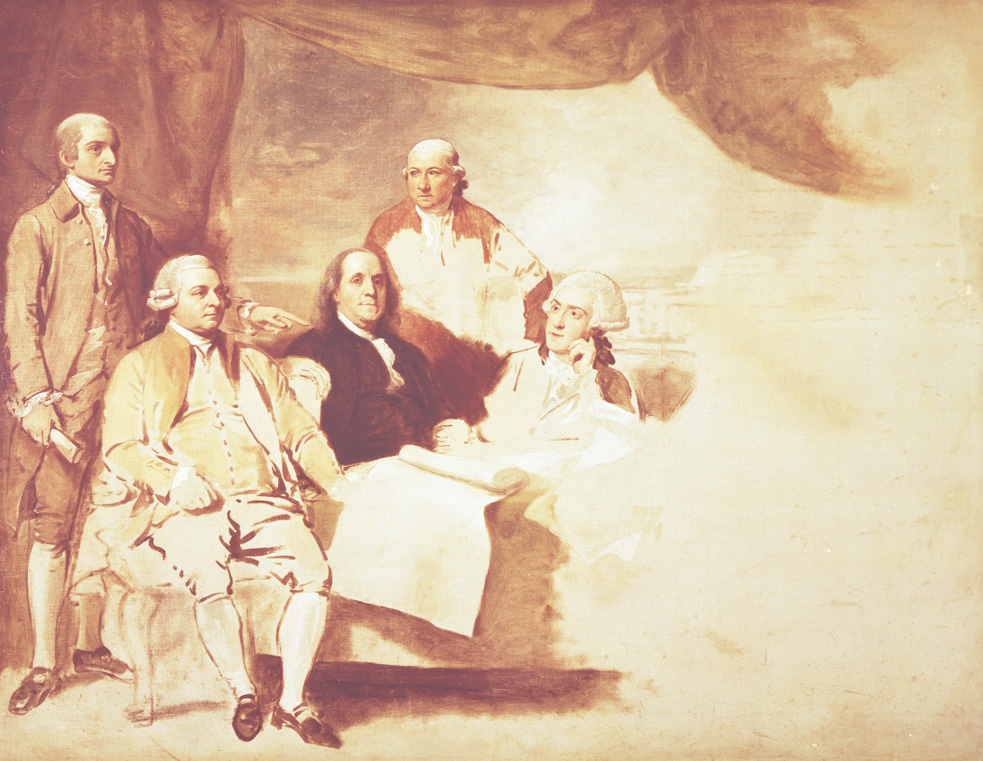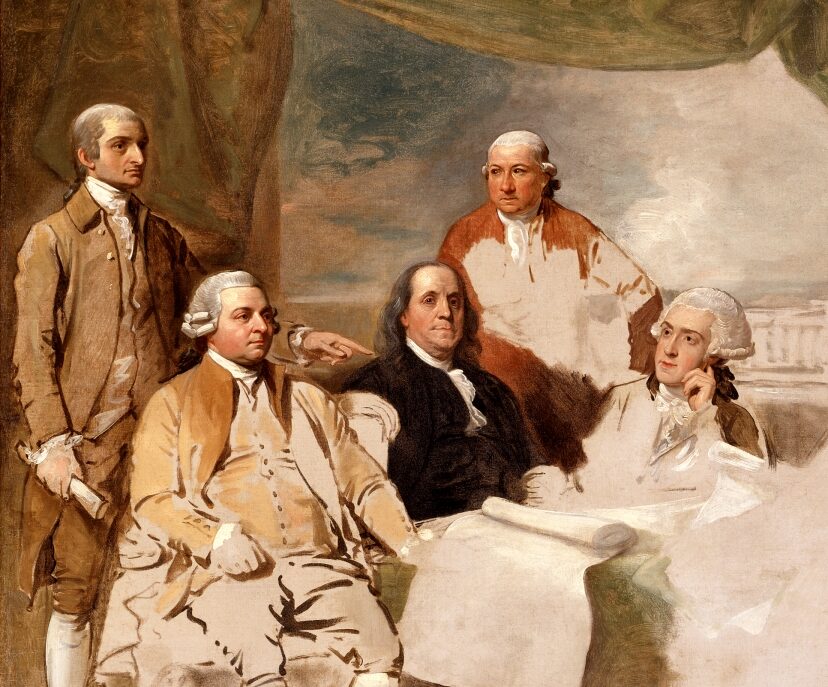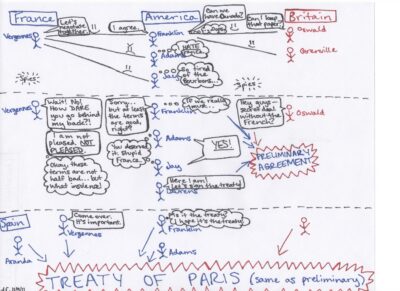“The American negotiators have often been given credit for this favorable outcome [in the terms of the 1783 treaty]. They shrewdly played the Europeans against each other, it has been argued, exploiting their rivalries, wisely breaking congressional instructions, and properly deserting an unreliable France to defend their nation’s interests and maximize its gains. Such an interpretation is open to question. The Americans, probably from their own insecurities, were anxiety-ridden in dealing with ally and enemy alike. Jay’s excessive nervousness about England and then his separate approach to that country not only broke faith with a supportive if not entirely reliable ally but also delayed negotiations for several months. It eased pressure on Shelburne to make concessions and left the United States vulnerable to a possible Shelburne-Vergennes deal at its expense. Jay and Adams had reason to question Vergenne’s trustworthiness, but they should have informed him of the terms before springing the signed treaty upon him. Ultimately, the favorable settlement owed much less to America’s military prowess and diplomatic skills than to luck and change: Shelburne’s desperate need for peace to salvage his deteriorating political position and his determination to settle quickly with the United States and seek reconciliation through generosity.” –George Herring, From Colony to Superpower, pp. 32-3
Discussion Questions
- The paragraph above mentions four key individuals (two Americans, a Frenchman and an Englishman) and yet makes no mention of Franklin’s contribution to the Treaty of Paris. How would you characterize his role and what was his relationship like with those other four figures?
- As Herring indicates, American negotiators have traditionally been given enormous credit for achieving a major triumph in the treaty ending the American Revolution. Why? What was so impressive about the terms of the Treaty of Paris for Americans?

Please identify the figures (left to right) in this unfinished composition by Benjamin West (Maryland State House)
Then consider how painter Benjamin West portrayed the characters, personalities and relationships of the American delegation to the Treaty of Paris negotiations in 1782. And here are some other (less famous) visualizations of the power dynamics and issues at stake in the making of the 1783 peace treaty from previous History 282 students.
From Prerana Pakhrin:
From Anne Crowell:




Leave a Reply